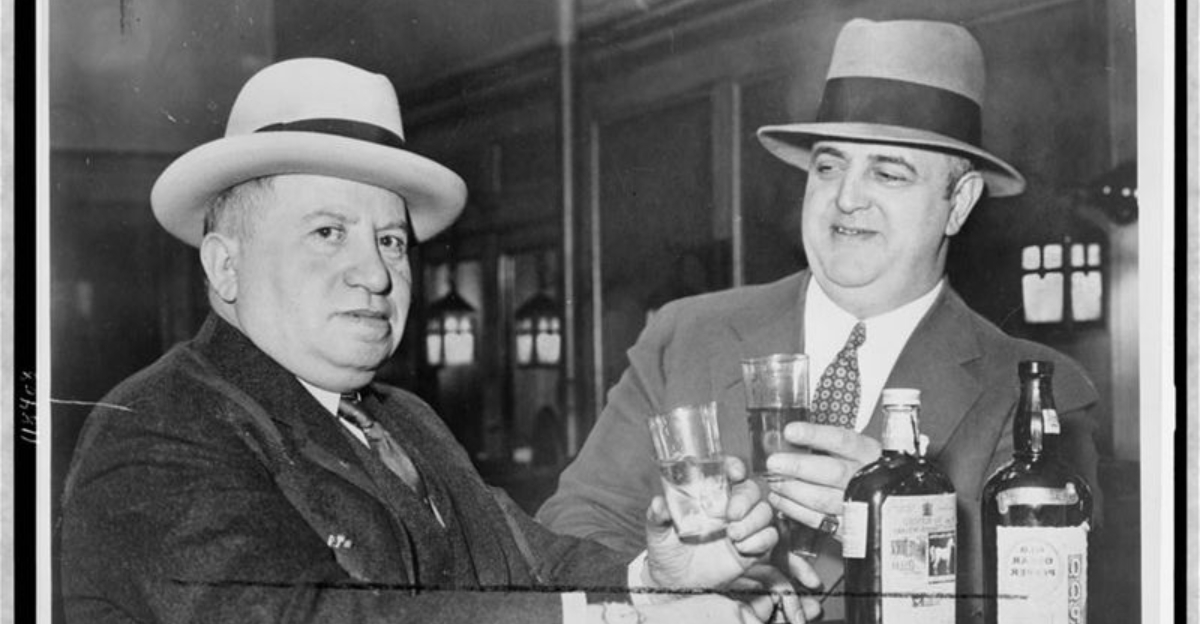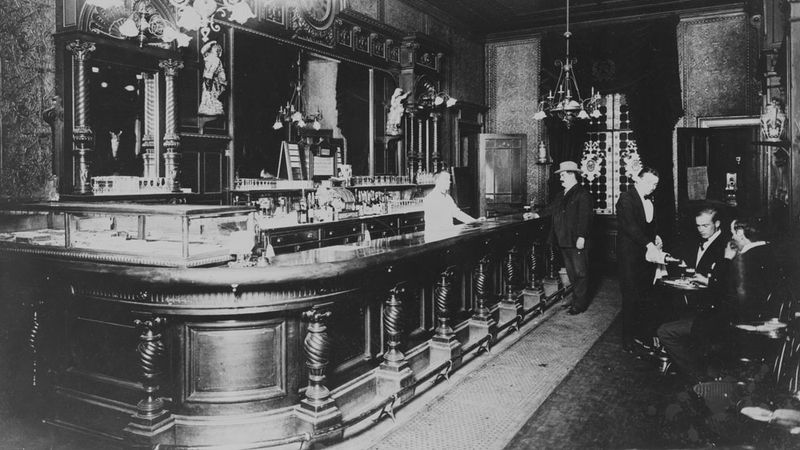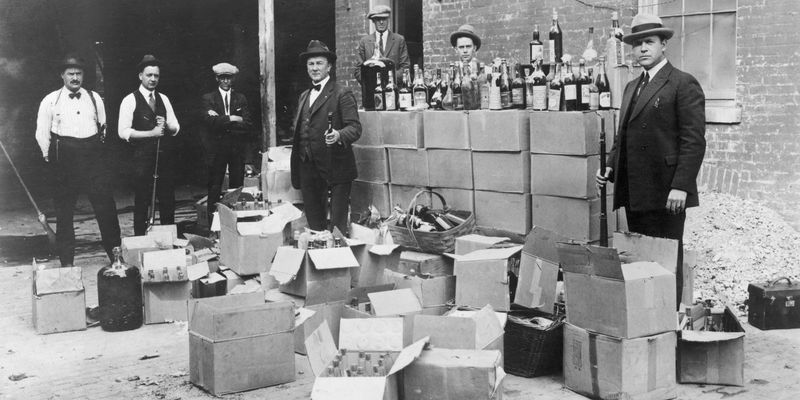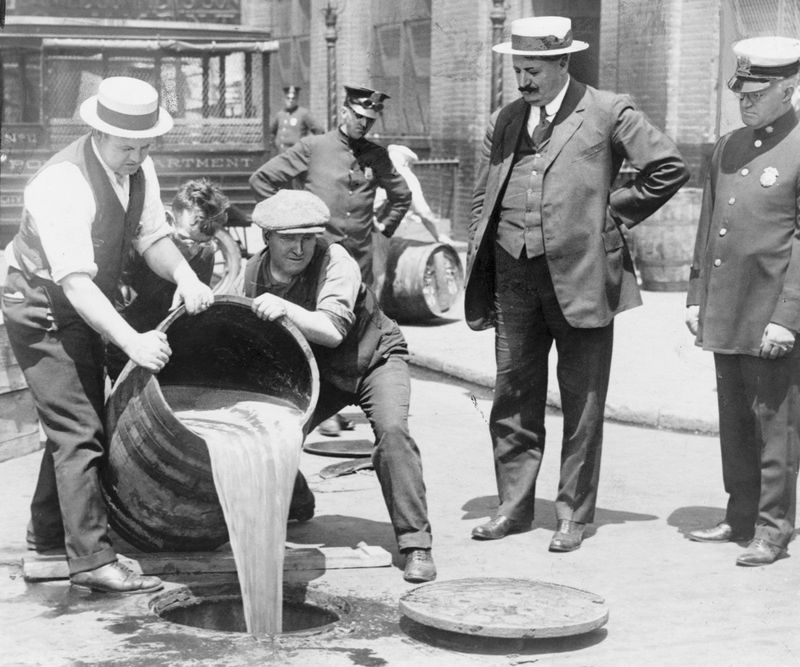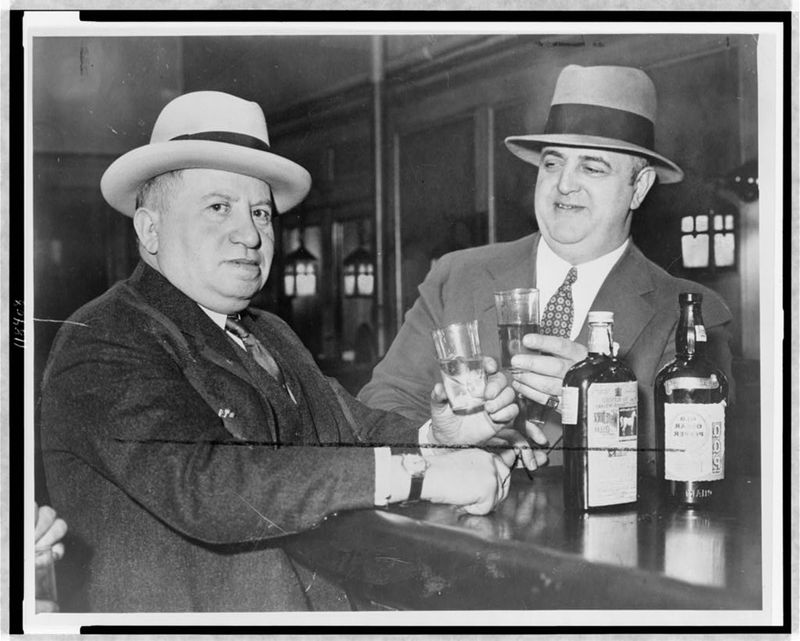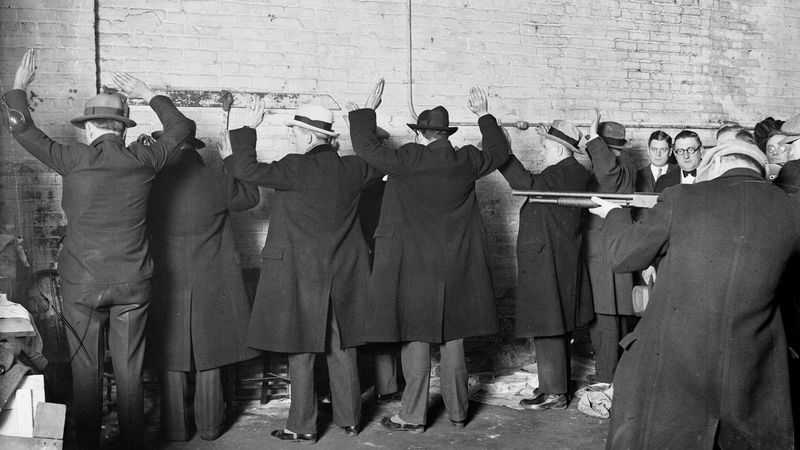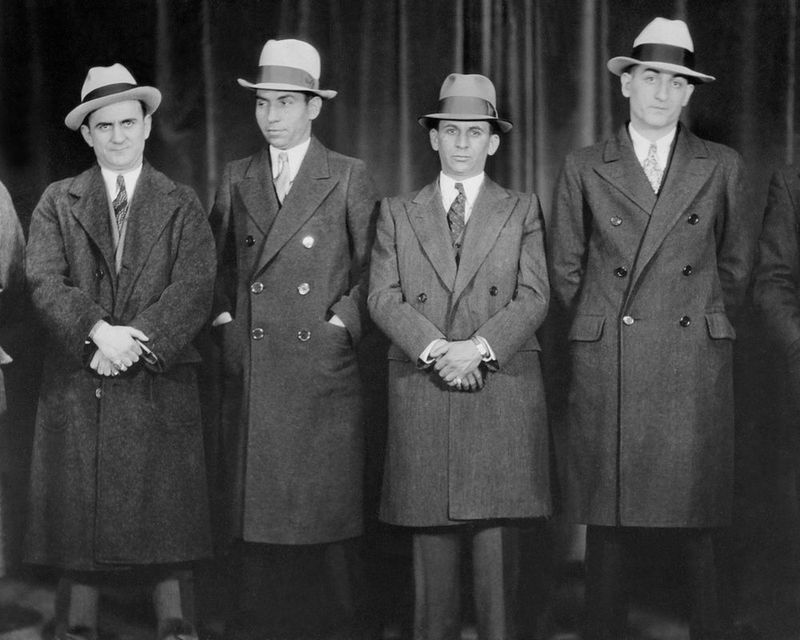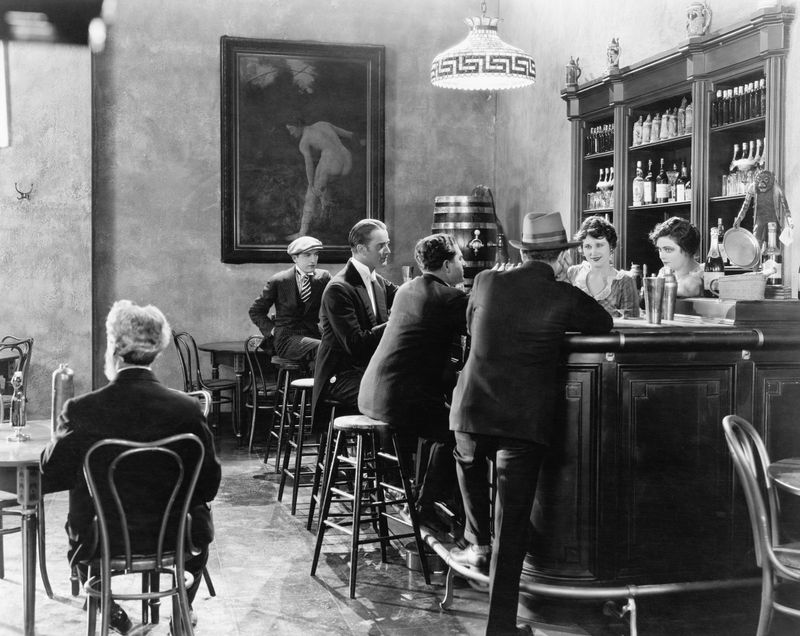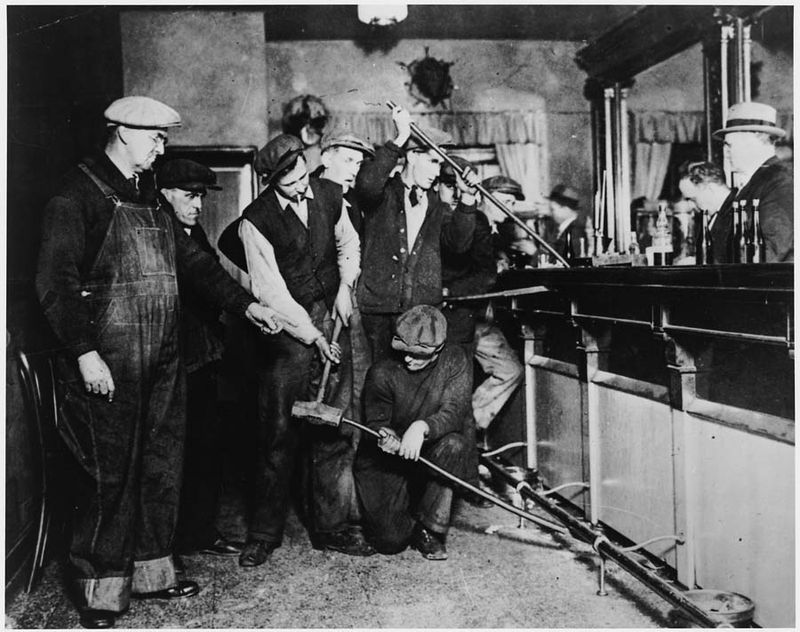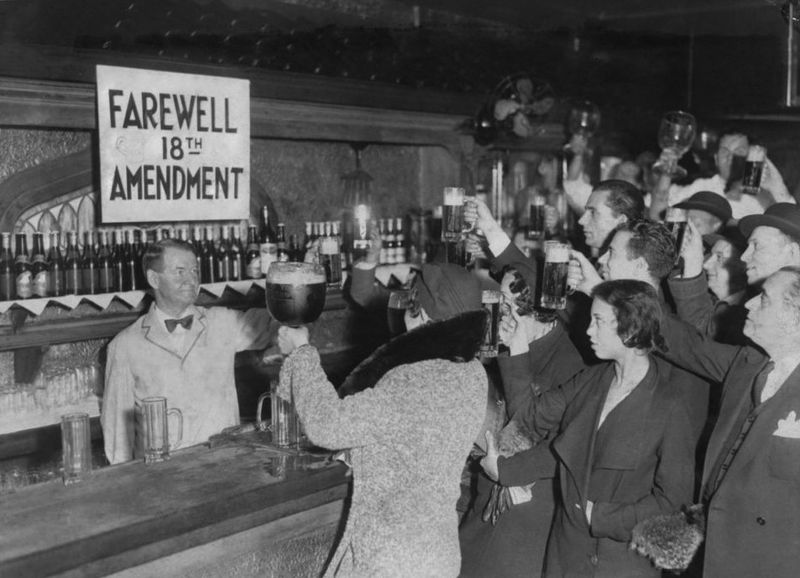When America banned alcohol in 1920, lawmakers thought they were solving society’s drinking problem. Instead, they accidentally created the perfect conditions for organized crime to flourish.
Prohibition didn’t stop people from wanting drinks – it just made criminals incredibly rich and powerful by giving them control of an entire industry.
1. Overnight Black Market Creation
The 18th Amendment instantly transformed legal businesses into criminal enterprises. Bar owners, brewers, and distillers faced a choice: close forever or break the law.
Most chose crime. Within weeks, underground networks sprouted across America like weeds after rain.
Criminal organizations quickly realized this wasn’t just opportunity—it was a gold mine waiting to be claimed by whoever dared.
2. Mafia Liquor Pipeline Dominance
Crime families didn’t just sell alcohol—they controlled every step from production to your glass. Canadian whiskey smuggling, basement distilleries, and transportation networks all fell under Mafia control.
Cities like Chicago became criminal headquarters where bosses coordinated massive operations.
Each family claimed territory, turning neighborhoods into pieces of their alcohol empires that generated millions in profits.
3. Al Capone’s Criminal Celebrity Status
Scarface Al built a $100-million yearly empire that dwarfed most legitimate businesses. His Chicago operation mixed brutal violence with surprising public charm and political savvy.
Capone became America’s most famous criminal, appearing in newspapers like a twisted celebrity.
He proved that crime bosses could become household names while terrorizing cities and corrupting entire government systems.
4. Bootlegging Funds Criminal Expansion
Alcohol profits became seed money for criminal empires. Small neighborhood gangs transformed into multi-industry syndicates controlling gambling, prostitution, and protection rackets.
Every successful liquor operation funded ten other illegal ventures.
Prohibition accidentally created criminal venture capitalists who reinvested their alcohol earnings into building permanent organized crime infrastructures that outlasted the law itself.
5. Political and Police Corruption Networks
Mafia money bought judges, police chiefs, and mayors across America. In some cities, crime bosses wielded more real power than elected officials.
Bribery became standard business practice, creating corruption networks that protected criminal operations.
Law enforcement often worked for gangsters instead of citizens, turning justice systems into tools for organized crime protection and expansion.
6. Violence as Business Strategy
Gang wars erupted across American cities as families fought for alcohol territory. Drive-by shootings, assassinations, and bombings became daily news.
The 1929 St. Valentine’s Day Massacre shocked the nation when Capone’s men executed seven rivals in cold blood.
Violence wasn’t random—it was calculated business strategy designed to eliminate competition and send messages to anyone challenging Mafia authority.
7. Ethnic Crime Family Organization
Italian-American gangs adopted the Sicilian Mafia’s family structure, creating the American Cosa Nostra. Bosses, underbosses, and soldiers formed tight-knit organizations bound by blood and oath.
This wasn’t random crime—it was sophisticated criminal corporations with clear hierarchies and rules.
Family loyalty and ethnic connections created unbreakable bonds that law enforcement struggled to penetrate or understand.
8. Speakeasies as Cultural Crime Centers
Hidden bars became more than drinking spots—they were jazz clubs, social centers, and criminal headquarters rolled into one. Every major city housed hundreds of speakeasies protected by Mafia muscle.
These establishments generated enormous profits while creating cultural movements.
Speakeasies proved that illegal businesses could become beloved community institutions, making citizens complicit in organized crime’s success.
9. Outmatched Law Enforcement Resources
The Bureau of Prohibition employed fewer agents than most modern police departments while trying to patrol the entire country. Criminal organizations often outgunned and outspent federal law enforcement.
Agents earned small salaries while facing millionaire crime bosses with unlimited resources.
This David versus Goliath scenario almost guaranteed criminal victory in most confrontations.
10. Post-Prohibition Criminal Evolution
When the 21st Amendment ended Prohibition in 1933, organized crime families didn’t disappear—they evolved. Established criminal networks simply shifted focus to drugs, labor unions, and gambling.
Prohibition had taught criminals how to build permanent criminal enterprises.
The Mafia’s infrastructure outlasted the law that created it, becoming a permanent fixture in American criminal history.
